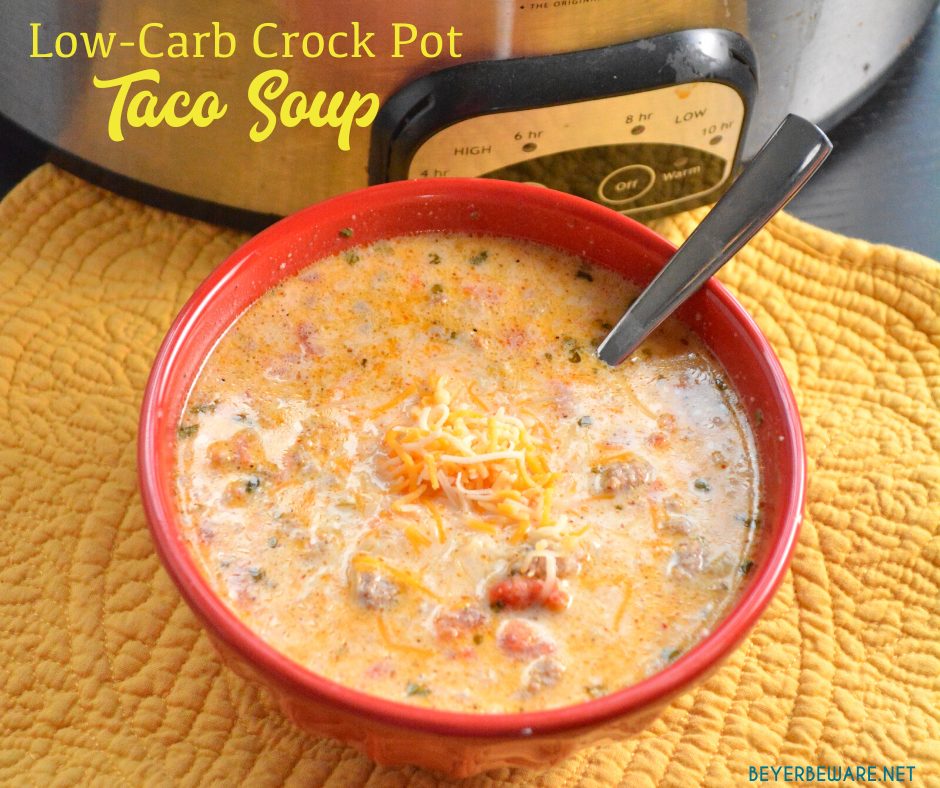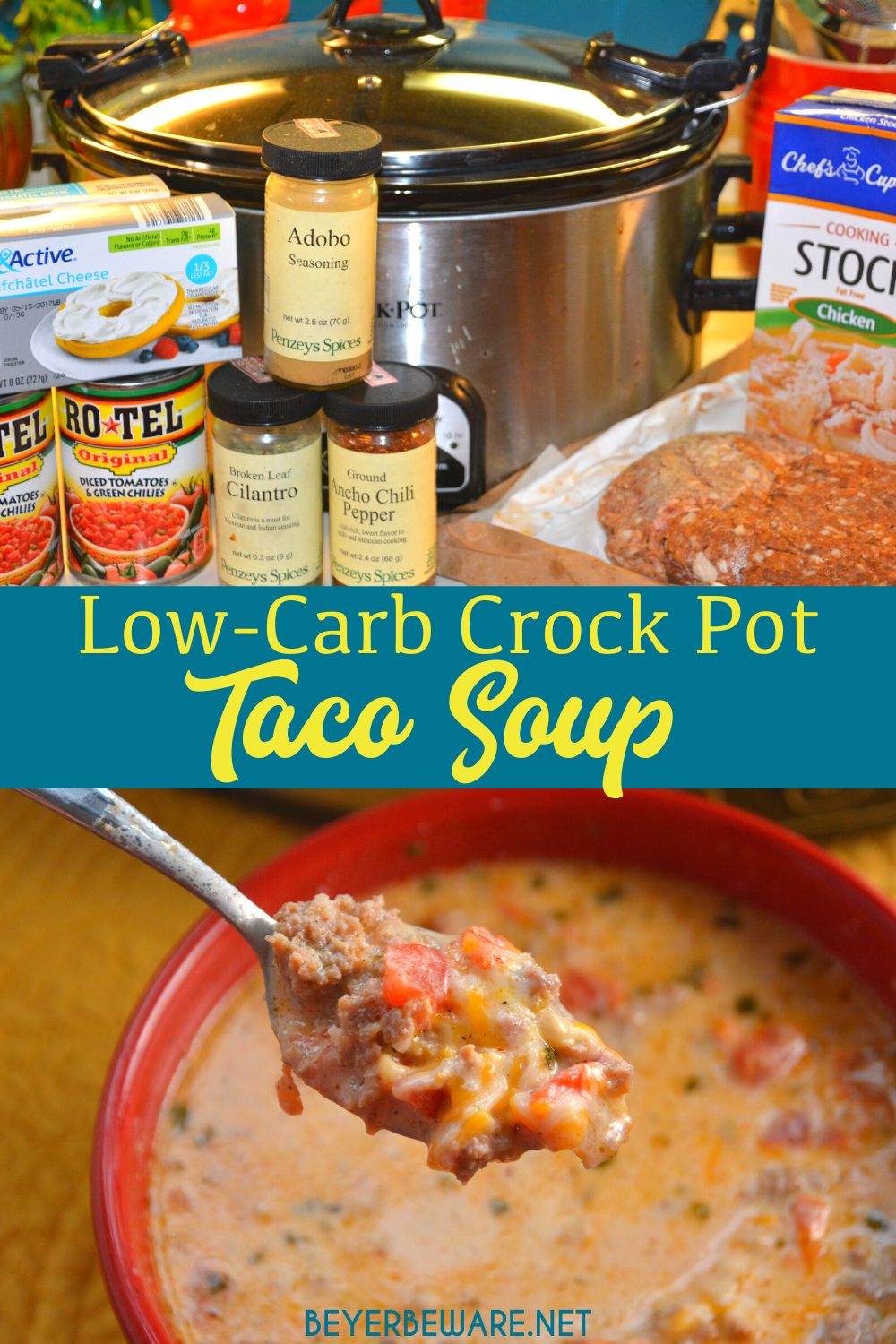I have MacBook Air with High Sierra (10.13.6). I downloaded 'Install masOS Mojave.app' from App Store, which is there in Application folder. The 32GB usb drive (formatted with mac os extended) mounted on my macbook. Still, the command 'sudo /Applications/Install macOS Mojave.app/Contents/Resources/createinstallmedia --volume /Volumes/MyVolume' is not working. It's showing ...
To use this tool, you must download the macOS installer application on a Mac with 10.12.5 or later, or El Capitan 10.11.6. For more information, please see the following: https://support.apple.com/kb/HT201372
Take A Sneak Peak At The Movies Coming Out This Week (8/12) Music festivals are BACK and we’re ready for it; Hollywood history-making at the 2021 Oscars. If you have not yet installed Apple's Java OS X 2012-006 update, then you are still using a version of Apple Java 6 that includes the plug-in and the Java Preferences app. See 'Note for Users of OS X that Include Apple Java 6 Plug-in'. There can be multiple JDKs installed on a system, as many as you wish. Select I will install the operating system later, and click next. For Guest Operating System, select Apple OS X and then select macOS 10.14 (if you’re following with Mojave, change if you’re using another version). Change the name or location if you desire, then click next. Disk size is entirely up to you, depending on your use conditions.
Idk Soup Mac Os Download
Am I doing something wrong? Can anybody please me to help out?
MacBook Air, macOS High Sierra (10.13.6), MacBook Air, 13-inch, Early 2015
Posted on Nov 5, 2018 10:58 PM
You can run MacOS in Virtualbox. Because? Because.
In the pursuit of Hackintosh, you need a Mac. That’s well and great, but I didn’t want to screw around with my partner’s Macbook. So what if you want to sandbox something? Virtualbox!

I had no expectations that this was going to work. OS X has always been runnable in Virtualbox for a while, but the performance has normally been lacklustre. While it’s not exactly daily-driver level, the performance in Virtualbox wasn’t too bad!
The macOS Virtualbox option is designed for genuine Apple hardware. You will not get community support from Virtualbox if you have trouble with this process, as it’s against Apple ToS.
VMware more your jam? We’ve got this working in there too.
🤔️ What do I need?
You need a donor Mac to start this process. You will not need access to it permanently, but just during the process of creating an ISO for your VM to setup with. Else, you need:
- A Mac to create an ISO with.
- MacOS Mojave installer from the Mac App Store.
- Virtualbox (Windows, Linux or MacOS).
- Virtualbox Extension Pack is required.
- At least 4GB of RAM (8GB or more recommended).
- 40GB of free disk space (more preferred).
- 2 core CPU or more.
This guide will discuss installing MacOS Mojave, however installation process should be similar for all MacOS versions.
⚠️ At the time of writing, Virtualbox and Hyper-V cannot co-exist on Windows. MacOS is also not installable on Hyper-V. I use Linux in my screenshots as I use Docker on Windows. This also includes Windows Subsystem for Linux, which tripped me up from installing.
💿 Creating the ISO
Virtualbox installs generally prefer to use an ISO file, which unfortunately will require some handiwork to get a hold of. Persevere and you will get there!
On the MacOS machine, download the Mojave installer. Don’t worry about actually running this application, as we’re going to use some terminal magic to build the ISO from the package.
This process is not affected by MacOS Installer expiry.If your MacOS installer has expired, you can continue with this guide.
Once the package has been downloaded, pop open Terminal (Utilities folder in Launcher), and run the following commands:
hdiutil create -o /tmp/Mojave.cdr -size 8000m -layout SPUD -fs JHFS+
This will create a virtual ‘disc’ stored in your temporary directory. This is what we’ll stuff the Mojave installation stuff into.
hdiutil attach /tmp/Mojave.cdr.dmg -noverify -nobrowse -mountpoint /Volumes/installer_goes_here
Now MacOS can ‘see’ your disc as an actual disc, ready for writing to!
asr restore -source /Applications/Install macOS Mojave.app/Contents/SharedSupport/BaseSystem.dmg -target /Volumes/installer_goes_here -noprompt -noverify -erase
We’re now grabbing the installation DMG from within the updater package, and storing it within the disc image. This will rename the disc image, so don’t panic that ‘installer_goes_here’ has vanished.
Now, detach the image from our MacOS. You can just eject it like regular DMGs. If not, run the command:
hdiutil detach /Volumes/OS X Base System
(it may change since OS X is legacy. To check, run ls /Volumes and see if it’s there, renamed).
Now for the final process, let’s convert our CDR image to an ISO!
hdiutil convert /tmp/Mojave.cdr.dmg -format UDTO -o ~/Desktop/Mojave.iso
You should now have a file on the Mac desktop called ‘Mojave.iso’. Congratulations, you have your installation disc! Copy this over to where your Virtualbox is setup. The Mac is no longer needed at this point.

🛠️ Setting up Virtualbox
⚠️ Before continuing, install the Virtualbox Extension Pack, if you haven’t already. This comes with a special USB 3 driver that without, the Mac simply won’t see USB devices.
Virtualbox has the option for a MacOS virtual machine in it’s New VM dialog, but we will need to make further adjustments to make it truly Mac-ready.
Pop open Virtualbox, and Create a new Virtual Machine. Name this MacOS Mojave, and set it to Mac OS X (64-bit).
Set the RAM to 4096 MB (or higher if you can achieve it!).
When creating the disk, you can use either format versions. Dynamic will not immediately take up the storage size you chose, whereas Static immediately reserves the chosen size for the VM. The latter is slightly better for performance.
Now you should have a new, primed MacOS machine. But you will need to run some commands now. This can be hit-and-miss, and may require some Google-fu. The following works for my AMD FX computer:
Windows? Change VBoxManage to 'C:Program FilesOracleVirtualBoxVBoxManage.exe' (if you didn’t change your Virtualbox install location).
The above does the following, in order of command:
- Sets a known CPU ID set that MacOS will recognise.
- Especially for AMD machines, changes what MacOS sees as your processor to something it supports.
- Tells MacOS you’re installing Mojave onto a mid-2010 iMac. You can change this to your preference.
- These two specify a fake DMI, typically found in Apple PCs.
- A device key to pass system checks.
Before starting the VM, open the VM settings and make the following changes:
- System > Processor > Processor(s) is 2 or more.
- System > Acceleration > uncheck Enable Nested Paging.
- Display > Screen > Video Memory is 128MB.
- USB > USB 3.0 Controller.
- If greyed/not there, you did not install additions.
With all that done, we’re ready to start the VM!
You should be greeted with the following screen:
Click on the folder icon, and find your ISO created on the Mac before, then click Start.
And wait. yes, this process takes a long time. If your installation stops, try googling the last output message to see if there is a community fix, or post below… Otherwise, this is generally a slow process.
If all has gone well, you should be greeted by the MacOS installer language selection. If so, you’re almost there! On the top menu, open Utilities > Disk Utility.
Idk Soup Mac Os X
There should be a disk named VBOX HARDDISK or similar. This is the VDI you created during the setup process, and not your actual hard drive. So go ahead and full-erase this disk, with Mac OS Extended (Journaled) and GUID Partition Map.
Once the disk formatting has completed, close it down. You should now be able to start the installation!
Once this is complete and you filled all the required details in, congratulations! You’re running MacOS Mojave within Virtualbox!
❓ What works?
✔️ Does
- Screen (No 3D).
- Regular input methods (mouse sharing).
- Networking.
- USB devices.
- Mac App Store.
At the end of the day it’s still a virtual machine, and a technically unsupported one at that. However, considering the matter it’s still impressive how Virtualbox can cope with MacOS.
Files can be shared using typical Windows share features. If you share a folder on your network from your host machine, your Mac VM should be able to connect to it.
🌟 Special Thanks
This required a lot of Googling, and these are the people who saved me at the end of the process!
- This How-to Geek article, that started this whole process. They have a much better step-by-step guide on this!
- Forchia on Reddit for a different instruction set.
- miranhasan on Reddit for AMD processors.
- kvotheV on Reddit for disabling nested paging.
🐛 Troubleshooting
This is a difficult one, and will require investigation. I checked the logs as the error message said, and discovered:
Idk Soup Mac Os 11
HM: HMR3Init: Attempting fall back to NEM: AMD-V is not available
If you’re on an Intel processor, it’ll likely say VT-x instead.Obviously, check if this is enabled. If you’re on a legacy BIOS computer, it’s a straightfoward scan for AMD-V/VT-x in your settings. If it’s UEFI, you’re gonna have to Google it.
Strangely, on my machine it was enabled. Supposedly Virtualbox and Hyper-V can run side-by-side, so at this point I decided to remove Hyper-V, to see if that would improve. It didn’t, but I forgot something. For this to work, you must turn off Windows Subsystem for Linux!
I completely forgot that WSL uses Hyper-V, and apparently still does when it’s disabled. Unfortunately, it would seem (for me at least) you need to trade it off for macOS in Virtualbox.
I will retest this when WSL2 is launched.